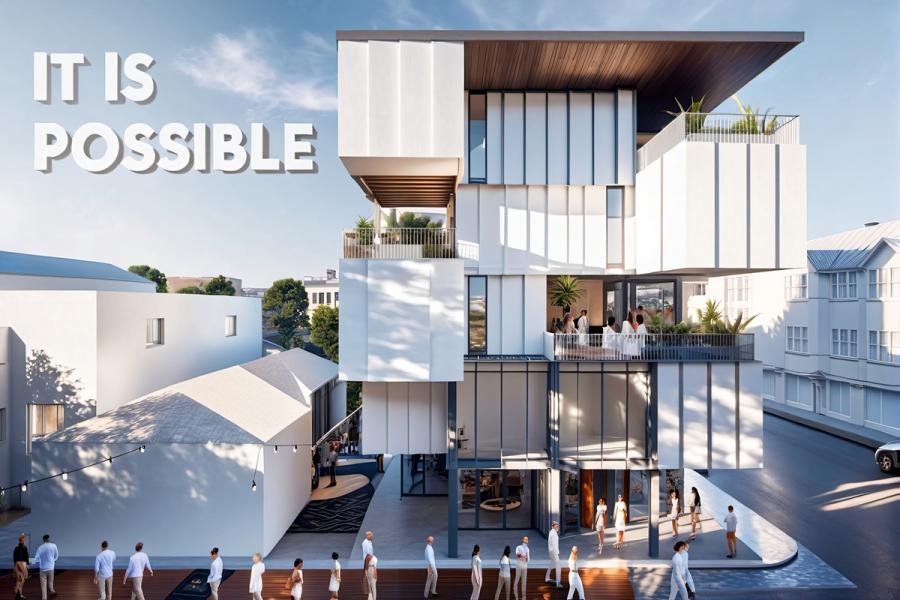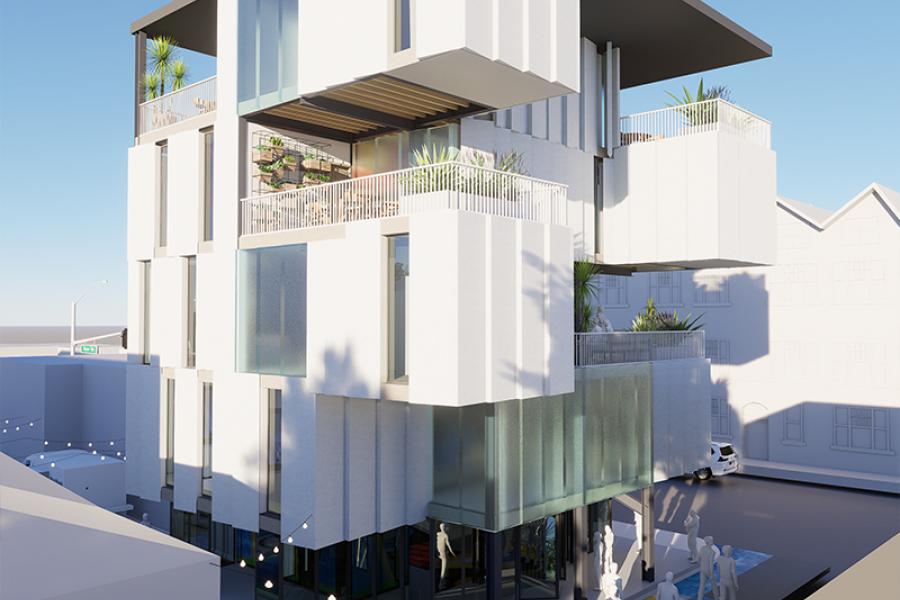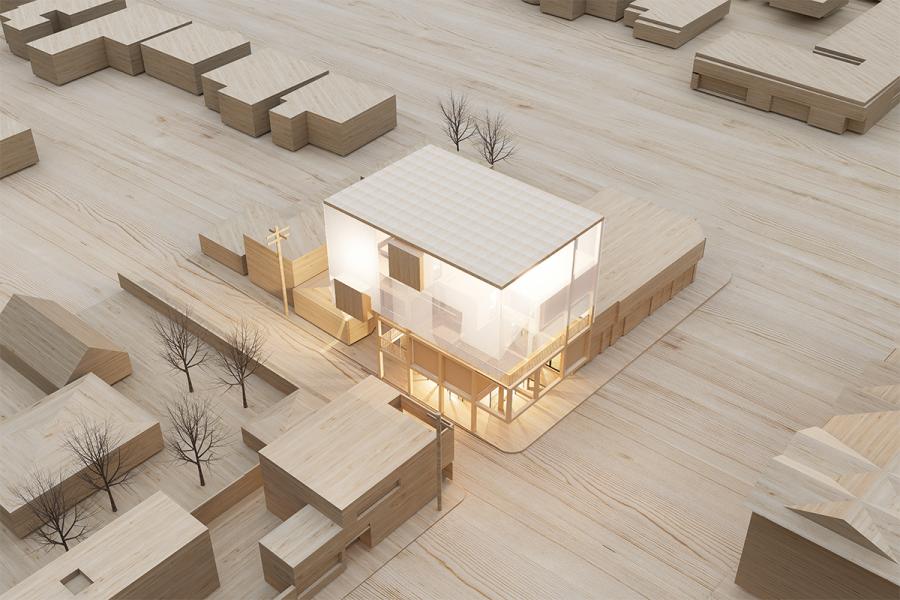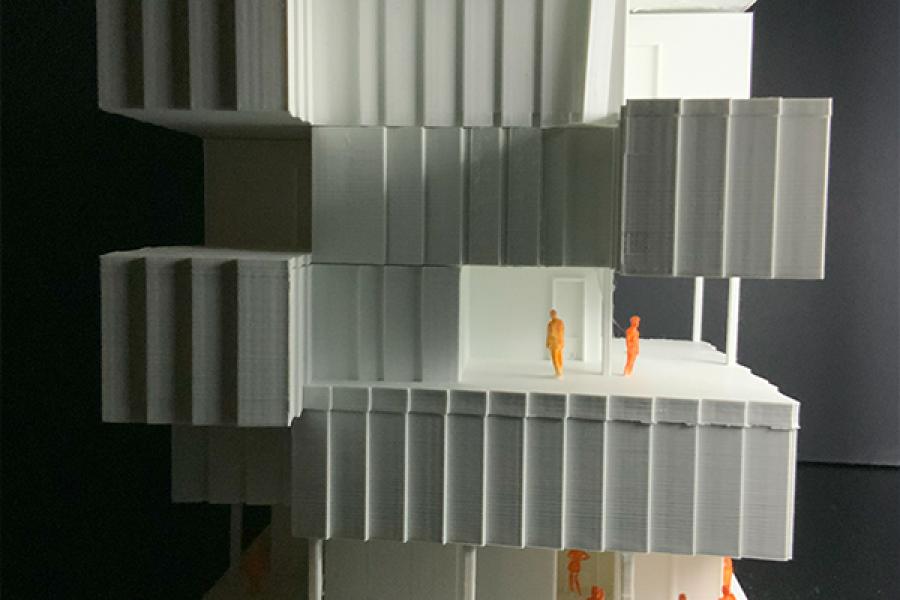Christian Yepez
Advisor: Neil Minuk






"It is possible"
"It is Possible: Affordable Flexible House for Immigrants" confronts the pressing issue of migrants struggling to secure housing in their new homeland. Canada faces a critical challenge in providing affordable and suitable housing for immigrants. This thesis addresses the housing crisis through an architectural solution that combines affordability, flexibility, and immigrant dreams.
The research and design process for the "It Is Possible" thesis focuses on architectural and technological aspects of the project, such as research, exploration, and extrapolation to a design solution, with iterations that push analyze construction systems. "It Is Possible Affordable, flexible houses for Immigrants" provides a place to own a home and a workspace that helps pay for housing with the possibility of expanding in the future, thus solving the problem that migrants face upon arrival to Canada when looking for a place to live and work in addition to financial constraints and language barriers and it is examining the challenges that immigrants face.
Times change as families grow or decrease. Change can influence the desired layout of an occupant's home; change is inevitable. The home must be able to grow and change with the user. Occupiers will benefit from more excellent choice and control over their homes and the use of interior space. The project has an open concept to any size scale, and the user is focused on forming a community and urban connection with the environment here; the architecture drives the space, and the growth controls the user. Several uses of modular construction with prefabricated plus the concept of extendable architecture in this project seek to wave in the development of housing and commercial spaces for an immigrant family community of five households from the same family who trust each other and buy land.
The thesis will explore innovative construction forms and flexible housing. literature and studies on flexible housing will be examined to identify practical approaches to economizing space without compromising living quality. The project aims to develop cost-effective housing solutions that can be replicated and scaled to meet the growing demand by understanding the design principles and construction methodologies that maximize space utilization.
The research begins by examining the challenges faced by migrants in Canada towards finding housing and a job. This project delves into the reasons behind the housing crisis, the specific difficulties immigrants encounter, challenges related to employment, potential housing solutions, and notable precedents in architecture, including micro-living buildings, affordable housing models, and iconic designs such as the Copan Tower, Giancarlo De Carlo's work, Zvi Hecker, Van der Broek, Pallasma and the influence of metabolism, among others.
The project pursues an architectural solution to advocate for developing flexible homes and workspaces. The project will accommodate the evolving needs of five families of the same lineage from Ecuador in Winnipeg, allowing for easy expansion or modification over time. This project addresses the difficulties of finding a home and job commonly experienced by newcomers.
"It is possible" envisions a future where immigrants in Canada can access housing and a job. This project adapts to their changing circumstances. The thesis strives to contribute to a more inclusive and equity housing.
